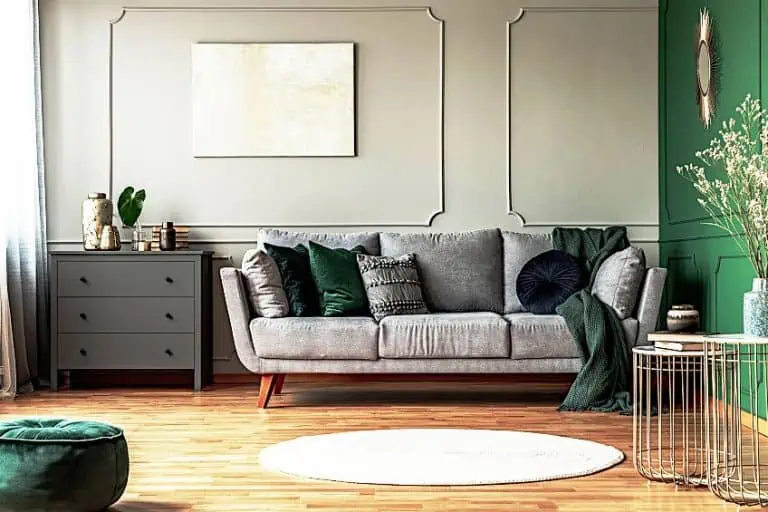Aura Colors – Decoding the Palette of Your Soul
This post may contain affiliate links. We may earn a small commission from purchases made through them, at no additional cost to you.
There have been plenty of people talking about auras and how they are a significant part of our lives, but what exactly are they? While there is no scientific proof that auras are real, we have decided to look into the different colors that are associated with them. Below, we will take a closer look at aura colors and their respective meanings, while helping you understand how they work!
Table of Contents
What Is an Aura?
Based on spiritual beliefs, an aura, or energy field, is a colorful radiation said to encompass a human body, creature, or thing. The human aura is believed as part of a hidden physiology that represents a client’s state of well-being and health in metaphysical alternative medical care, and it is usually thought to comprise vital force regions referred to as chakras.
Ancient medical systems, such as Hindu writings like the Vedas, claim that this energy manifests itself in seven strata. Each level is believed to correspond to a distinct aspect of your physical, emotional, spiritual, and mental well-being.
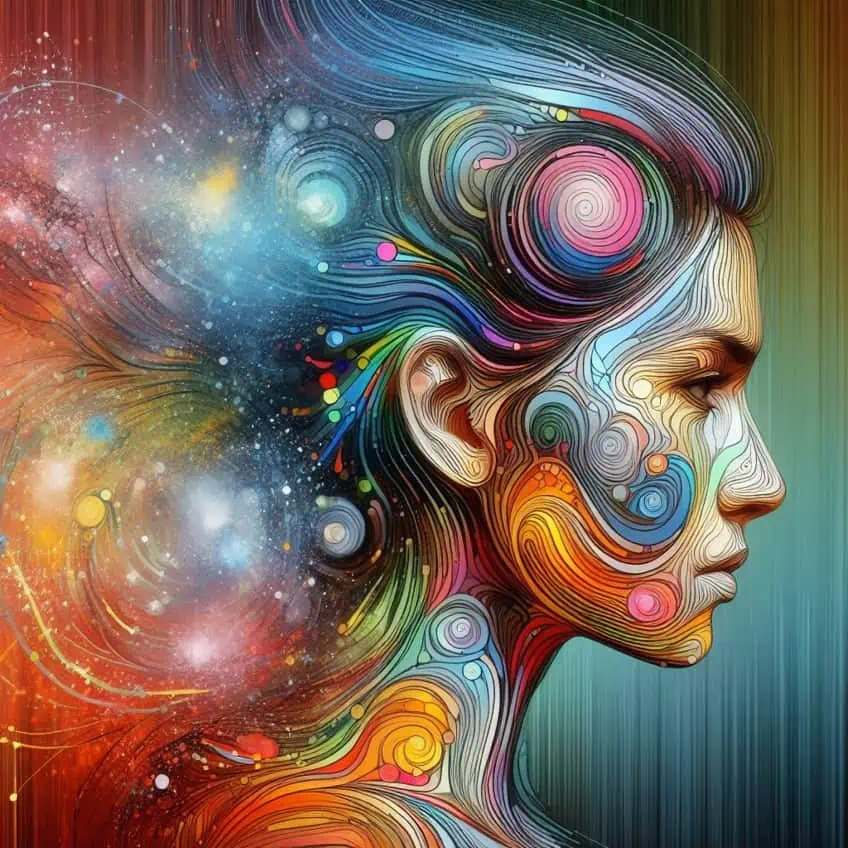
Each of these layers is supposed to communicate with one another to impact your overall health. It is believed that your aura is a glowing body that encompasses the entirety of your body. Each layer encircles your body in an energy net, as do any issues inside it.
Who Has an Aura?
Every living being is surrounded by an energy field. Plants, flowers, and wildlife, for example, may all possess an energy field. According to a 2018 research published in the Journal of Traditional Chinese Medical Sciences, the body of an individual has both obvious and unseen sections. The researcher goes on to suggest that quantifying a human system of energy would need technologies that scientists do not currently have. While no investigations have been conducted to establish that each person has an aura, it is widely understood that every living individual has an aura of energy surrounding them.
Some argue that because humans are more advanced, their energy fields are more complicated than those of other organisms.
Understanding Aura Colors
An aura manifests itself as a colorful body outside of your own. However, each person’s aura will be a specific color. There are seven main colors, violet, indigo, blue, green, yellow, orange, and red. The aura color meanings are linked to the nature of the individual, making it very easy to understand what it means.

However, there are more than seven colors, with various shades of blue, red, green, and yellow, as well as pink, black, white, silver, and brown. Below, we have provided a complete chart that explains different aura colors and their respective meanings.
| Color | Meaning |
| Red | ● When this hue emerges in a person’s aura, it suggests that they are committed to their goals in life. ● It is also associated with feelings of love and physical desire. A person with a red aura is psychologically and unconsciously anchored or harmonious. ● Red symbolizes enthusiasm for life and this is also the hue associated with the root or base chakra. |
| Orange | ● An orange aura represents one’s satisfaction with their companions, relatives, and surroundings. ● An individual with an abundance of orange in their aura makes and keeps friends easily. ● Orange is the hue of the Sacral Chakra, the area where one stores negative or good emotions impacted by their connections with others. |
| Yellow | ● A golden aura represents the internal happiness and harmony that one possesses. ● As a result, it is the hue associated with the Solar Plexus chakra. |
| Green | ● Many people may be surprised to learn that green, not pink, is the hue of self-love. ● Green in one’s aura might imply one of two things: either they are in love with an individual who balances them out, or they possess a kind, loving heart. |
| Blue | ● Blue is the color of communication, hence it is associated with the throat chakra. ● A person with a blue aura appreciates meditation, is tranquil, and stands ready to protect those they care for. ● They are typically a source of comfort for those closest to them. |
| Indigo | ● Indigo, which is said to “see” into other people’s energy, denotes someone who is in touch with their higher self. ● Indigo is a person who seeks unseen truths and can sense the energy of others. |
| Purple | ● Purple is the most advanced of all chakra colors. ● As the crown chakra hue, persons with purple in their aura are insightful, “see the big picture,” and like guiding others to their maximum capacity. |
| Pink | ● Pink and green, as previously established, vibrate at a comparable frequency level. ● A pink aura, on the other hand, indicates that the person is content and at peace with others around them. ● Someone with this aura is frequently kind, whether to others or oneself. |
| Silver | ● Silver is the hue of plenty, which might indicate that the individual is gaining spiritual or financial richness. |
| Brown | ● Some people should be wary of this hue since it represents greediness and self-centeredness. |
| Black | ● Although black is not considered a “bad” aura hue, it indicates that a person has a lot of wrath or sadness stored up within them. ● It also implies that these individuals have not accepted what has occurred to them and are still grieving. |
| White | ● White is the hue of energy protection, and its presence in an aura signifies one of the following. ● The primary reason is that the individual is more involved with spiritual concerns performed on this earthly level, and the additional factor is that they are less preoccupied with worldly goods or wants. ● It can also represent a healthy person. |
| Light Blue | ● Identifies someone who communicates well, is genuine, and is at ease with their surroundings. |
| Royal Blue | ● Denotes someone who is open to new experiences and is in tune with their inner being. |
| Deep Red | ● Identifies someone who possesses an inner fighting spirit and can endure any situation presented to them. ● They are more realistic and authentic in most circumstances. |
| Dull Red | ● This indicates someone who is filled with rage and will want assistance in letting it go. |
| Gray | ● This color draws attention to sentiments of poor self-esteem and sadness. The individual may have poor energy levels and various levels of melancholy and self-doubt. |
| Light Green | ● Healers are likely to possess this color in their auras. |
| Dull Forest Green | ● This hue of green represents someone who is envious, resentful and feels they are always right. |
| Bright Yellow | ● A person with a brilliant yellow aura has a lively spirit and could be experiencing an awakening to their spirituality. |
| Dark Yellow | ● Frequently observed among high school and college students. ● These might be individuals who have lost their enthusiasm for studying. |
| Lemon Yellow | ● The hue of lemon yellow represents “fear of loss.” ● It might be the loss of a love, a profession, or a member of the family. ● Being terrified of losing something that is often beyond our power. |
Seeing Aura Colors in Yourself
There are various methods for reading auras. Aura capture cameras are becoming increasingly popular for use in fairs and esoteric stores. They are popular owing to their ease of use. It also has the additional advantage of allowing the customer to take a photograph of their aura at home with them. To determine your personal aura hue, consult with a spiritual counselor who can interpret your aura during a reading. You may also use a Kirlian camera to capture an image that reveals the colors of your aura.
Seeing Auras Without a Camera
Below, you will find the steps needed to see your aura color without the use of a camera. While this can be very difficult, there are some people who have claimed to get good results from the method that we’ve provided.
- Position your hand with your palm facing your face with a solid background.
- Proceed to soften your gaze like there is nothing in the distance.
- Then look at your hand with emphasis on the outside of your fingers.
- You will be able to see a clear outline between each finger.
Seeing Auras in Others
If you would like to try to see the aura colors of others, use the following steps that we have listed below. Keep in mind that not everyone would be capable of doing this, so it might take some practice before you are capable of seeing anything.
- Position yourself 10 feet from the person you are trying to read.
- Focus on the bridge of their nose.
- Use your peripheral vision to ensure that other objects are visible; however, do not look at them.
- Once you have done the previous steps, focus on the individual’s forehead.
- You should now be able to see their aura colors.
Keep in mind that you can remain focused, meditate, and devote time to attempting to interact with your higher self when attempting to perceive your aura. You have practically little influence on those aspects in another individual. Certain individuals; however, might possess a more noticeable aura than others.
This may make it simpler for you to perceive theirs before you can see your own.
There Are Different Colors in Each Aura
Each hue is thought to symbolize a distinct layer of your aura. Some people think that how these colors change and interact reflects your mental, spiritual, as well as physical complexity. Certain layers, for instance, are thought to be stronger if you are more lively or energetic. If you are under a lot of stress, sad, or physically unwell, certain layers may seem dull. Another thing to keep in mind is that a lack of color is often not seen as an indication of danger. Colors are supposed to come and go in your aura throughout time.
It is said that a person’s aura is often a blend of hues, with one color being more prominent than the others. Although your aura is continuously shifting and changing, many individuals will have one hue that regularly shows up.

Your aura is always changing, yet for many individuals, a couple of colors appear on a frequent basis. Recognizing the vibration of your aura at any given moment, regardless of whether you are blue, red, black, white, or yellow, might help you face the day with greater comfort. Additionally, it is important to take this information with a grain of salt.
Understanding Color Placement in Different Auras
A chakra is thought to connect to each stratum of your aura. Chakras are supposed to be various energy centers throughout your body. Certain levels or chakras might be more dominating than others. Some may be less obvious and difficult to detect. We have provided a summary of various chakra layers and their colors below.
- Crown chakra: White, which can be located at the top of your head.
- Third eye: Also known as the intuitional layer, this has a deep purple or indigo color which can be found in your forehead.
- Throat chakra: Also known as the spiritual layer, this has a blue color and can be found in your throat.
- Heart chakra: Also known as the astral layer, this has a green color and can be found in your chest.
- Emotional layer: This has a yellow color, this chakra is found in your solar plexus.
- Sacral layer: Located below the naval and has an orange color.
- Root: Commonly referred to as the physical layer, this layer is red and can be found between your pelvic bone and tailbone.
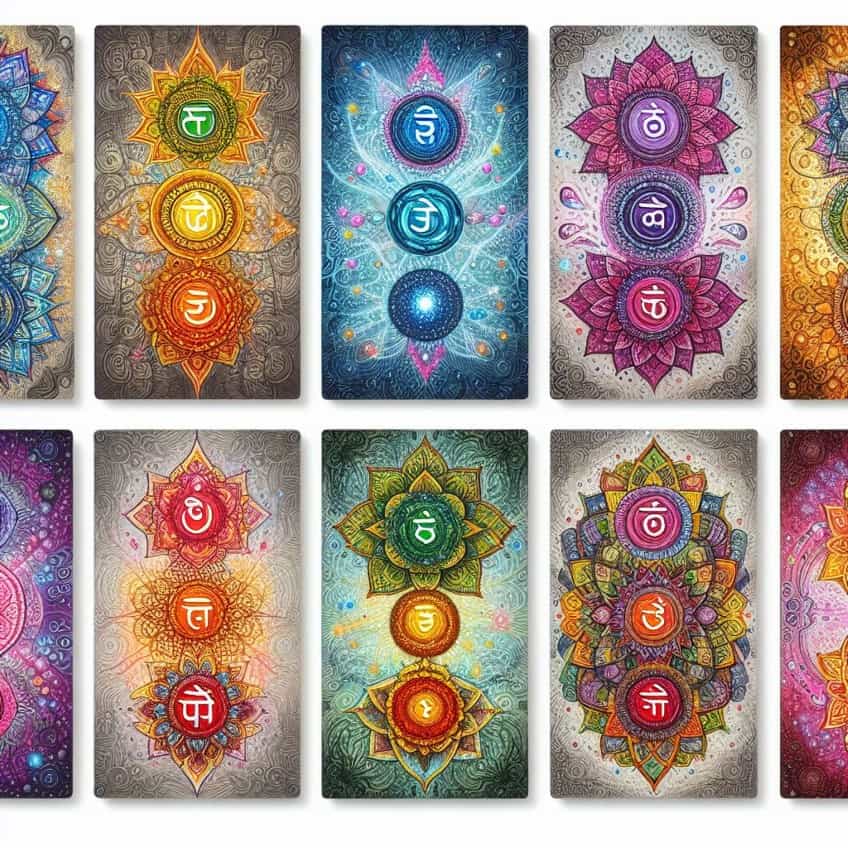
The Meaning Behind the Different Chakra Layers
There are different meanings behind each layer and they serve different purposes. We have provided a general interpretation of each one to help you to understand their respective functions.
- Absolute: The last aural layer may operate as a “net” of sorts, containing and balancing each layer in unison.
- Intuitional: The astral plane is believed to function as your third eye. It may assist you in seeing your dreams and becoming more conscious of your instincts or impulses.
- Spiritual: At this level, you may communicate with others about spiritual things. When you educate, share, and connect with people on a spiritual level, you are said to develop and light brighter.
- Higher mental: This layer connects your self-care to your concern for others.
- Lower mental: This layer is supposed to be where reasoning and cognitive patterns live, thus your conscious self may use it regularly. This layer’s force is used for learning, concentrating, and acting on your convictions and ideals.
- Astral: Our delicate nature is considered to be emitted by this emotional layer. It is where we give ourselves affection.
- Physical: This layer may be reduced while we are awake and regenerated while we sleep. It is considered to be linked to our bodily comforts, well-being, and our five senses.
Cleansing Your Aura
Sometimes all we need is a good clean, and this can apply to our spiritual bodies as well. There are a few techniques that many experts claim have worked over the years. So, try them out and see what happens.
- Energy balancing and healing: Spiritual instructors and advisers may be able to assist you in determining the root of your energy abnormalities and working to correct them.
- Smudging: Sage burning is an old practice used to cleanse places or persons of bad energy.
- Visualization: Visualizing oneself “cleaning” your aura by inhaling good energy and exhaling bad energy may aid in the removal of smudges or black patches in your auditory layers.
- Meditation: Emphasizing your mental and emotional wellness may brighten your aura.
- Positive affirmations: Like taking a shower to remove physical filth, you may “bathe” yourself in good thoughts to remove bad energy and enable you to zero in on more hopeful concepts.

There are plenty who believe that everyone has an aura, and while there is no evidence to prove that this is the case, it remains a fun concept to consider. Additionally, focusing on the physical and mental well-being of yourself and others could have a series of positive outcomes in your life and theirs. Nevertheless, having positive thoughts is always a great way to live your life, so give it a shot!
Frequently Asked Questions
What Are Aura Color Meanings?
Aura readings’ principal hues are white, brown, pink, indigo, green, orange, black, silver, purple, blue, yellow, and red. The first seven hues are known as chakra colors as they are related to the body, and each color has a specific meaning that is linked to different aura colors.
Are There Different Shades of Aura Colors?
Aside from the core aura colors, there are additional shades of these primary colors that can and do appear in people’s auras. It is critical to grasp what some of these color tones represent, whether viewed with the naked eye or caught by a camera since they might disclose more than you believe.
What Is an Aura Color Chart?
An aura color chart is essentially a chart with information that details the different characteristics of various auras. While you cannot use this chart to determine the type of aura that you have, it can be helpful if you are capable of reading auras.
Duncan graduated with a diploma in Film and TV production from CityVarsity in 2018, after which he continued pursuing film while taking on a keen interest in writing along the way. Since having graduated, he began working as a freelance videographer, filming a variety of music videos, fashion and short films, adverts, weddings and more. Throughout this, he’s won a number of awards from various film festivals that are both locally and internationally recognized. However, Duncan still enjoys writing articles in between his filming ventures, appreciating the peace and clarity that comes with it.
His articles focus primarily around helping up-and-coming artists explore the basics of certain colors, how these colors can be paired with other shades, as well as what colors are created when you mix one with another. All while relating these shades to historically significant paintings that have incorporated them into their color palette. As a lover of the arts himself, he takes great interest in the Renaissance era of paintings, an era that has directly inspired many of his favorite films.
Learn more about Duncan van der Merwe and about us.


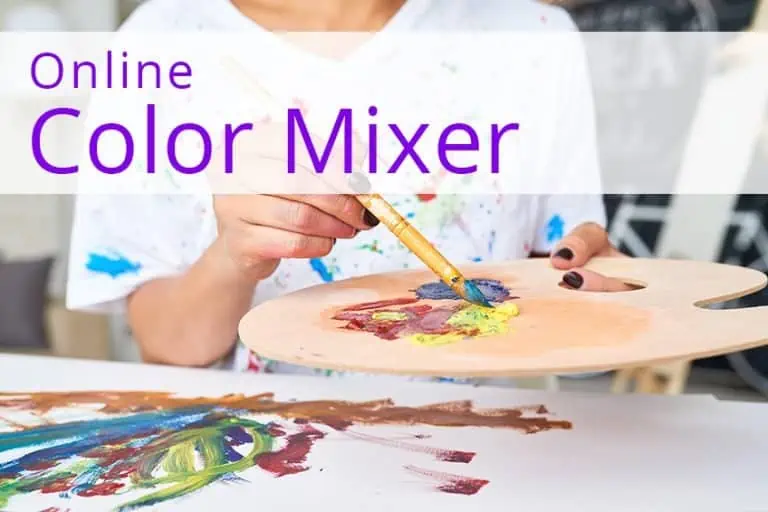
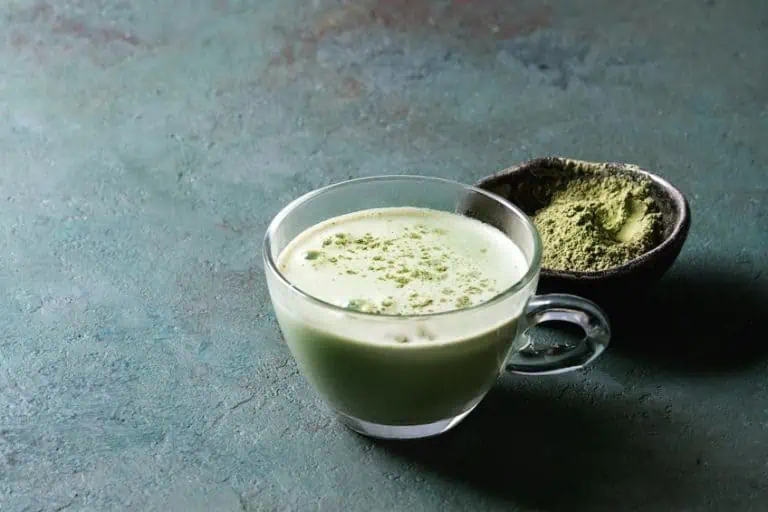
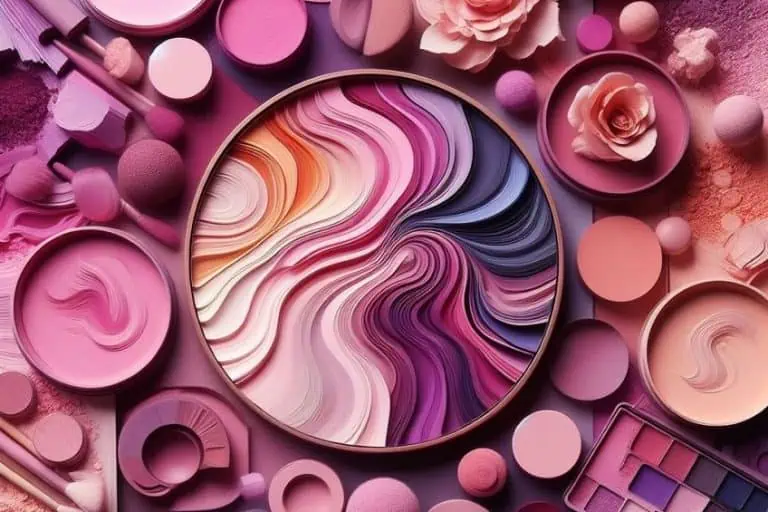
![Mixing Colors – The Best 30 Tips on How to Mix Colors [Guide]](https://acrylgiessen.com/wp-content/uploads/2020/05/mixing-colors-768x512.jpg)
